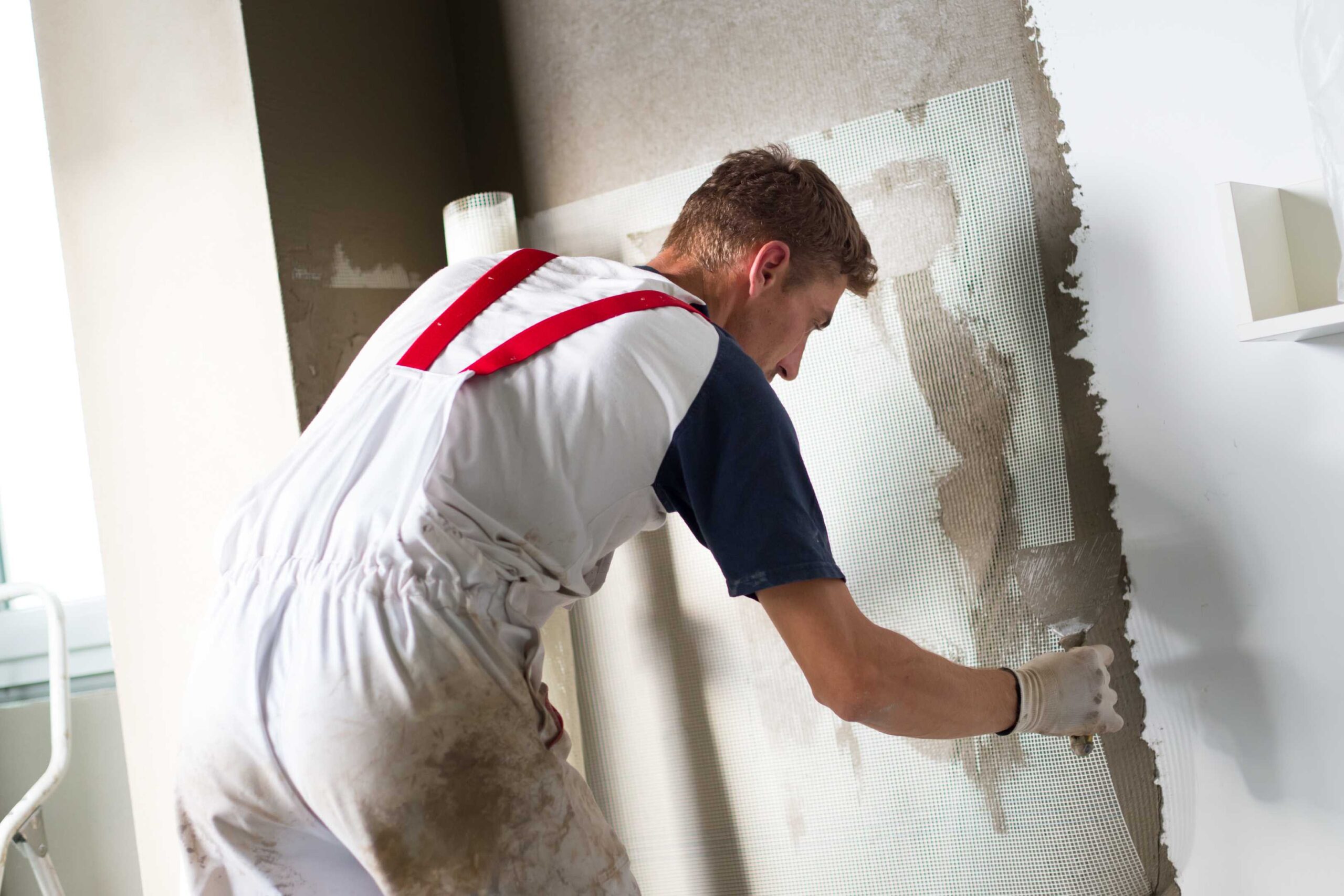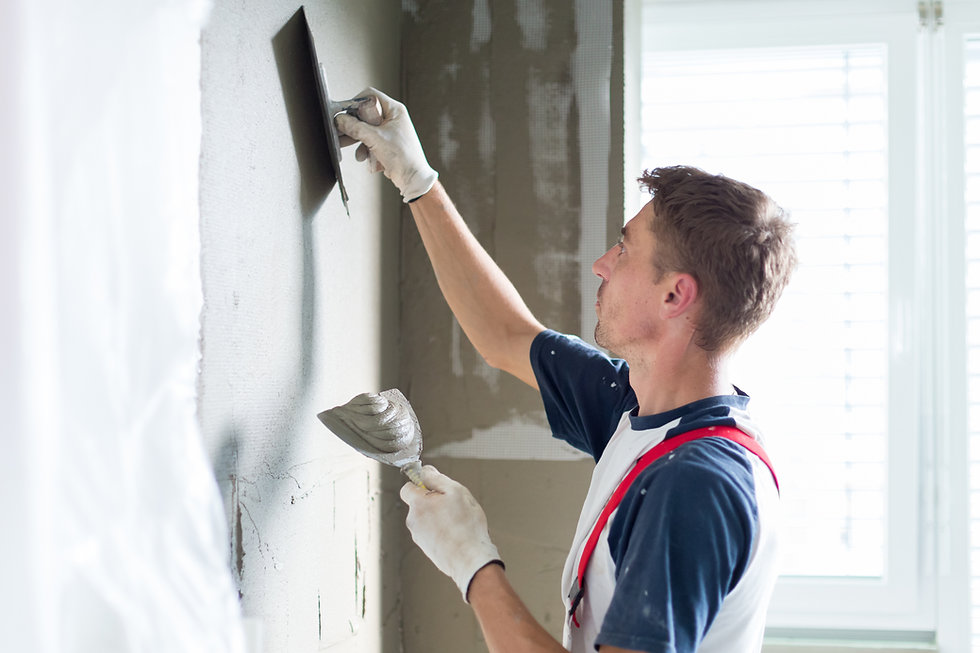There are several methods of plastering. One of the most common is to use multi-finish plaster. This step aims to create a good base for the next coat of plaster. After you’ve done this, you can use another method to fill in the gaps.
First, you need to remove any loose materials from the walls. Plastering without a base coat can cause the wall to lose moisture, causing it to crack and flake. PVA emulsion is a good choice for a base coat. You can also mix a small amount of food coloring and plaster for a slightly tinted finish. This way, you can see which areas you’ve covered.
You can get at-home lead test kits to determine if your walls contain lead. If it doesn’t, it’s safe to scrape away the old paint. If you still have a layer of color, you can use a putty knife to smooth the edges and ensure a smooth surface.
Plastering is usually a job best left to a professional. It requires careful preparation and a practiced technique to achieve the best results. If you’re confident with plastering, the finished room will be smooth and ready to accept wallpaper or paint. Before starting the process, you’ll need plastering tools such as a plaster trowel. You will also need a plasterer’s hawk board to hold the plaster. A plastic hawk board is much lighter and easier to handle than a wooden one.
Once the walls have been adequately prepared, it’s time to apply a primer. This will prevent paint from clinging to the plastered surface. A good primer is water-based and will block stains. Once the primer has dried, you can apply the paint’s topcoat.
Plastering over wallpaper is also an option, but this is generally not recommended by professional decorators. As a rule, the previous layer should be slightly damp. Otherwise, the previous layer will disturb the new layer and cause flaking and cracking. The last layer of plaster will pull moisture out of the new layer.
Check this out: https://yourplasterersauckland.co.nz/
Before plastering, you can prepare the walls by painting them with PVA. You’ll need to mix 10% of PVA with water. Then, you’ll need to apply a second coat to smooth out the trowel marks. After this, you can use a tapering knife to smooth the edges.
Plaster walls can be painted with the same methods as those for drywall, but you will need to be extra careful when applying the paint. Plaster walls are notoriously thirsty for paint, so you should use rollers for open areas and brushes for trim. It’s best to apply two or three thin coats of paint rather than a thick one. Sponged paint can be a good choice if you’re looking for a rustic, antique finish.
Small holes or cracks in the plaster are not a severe problem, but you should consider patching the wall with a patching material. If the old lath is loose, you can use a water mist to prevent it from twisting. You can also use a bonding agent to reinforce the patch. If the cracks are large, you may need to apply fiberglass mesh tape to bridge the crack.


